Project Profile - Fisher Hall at Michigan Tech
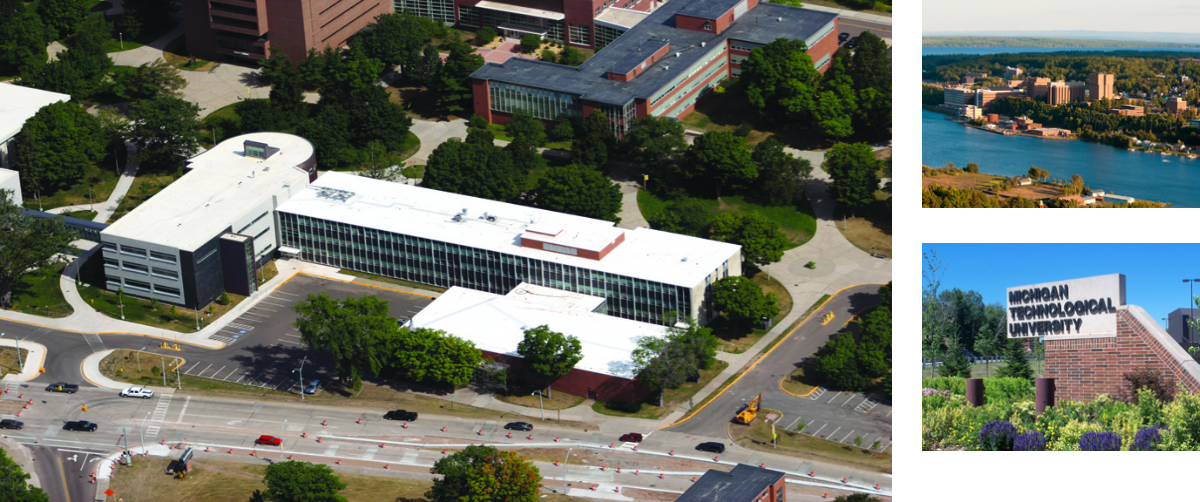
IB Roof Systems installation to cut energy costs while both environmentally friendly and attractive.
An abundance of leaks.” That’s the plain and simple way Mike Wilmers describes the condition of an existing roof on Fisher Hall at Michigan Technological University in Houghton, Michigan. Wilmers is a project engineer in the school’s Facilities Management Department.
The existing roof featured an EPDM system with taped seams. The summer heat and winter cold had done its work, shrinking the rubber and pulling at the taped seams.
Wilmers chose IB Roof Systems white CPA membrane. Michigan Tech had never used IB Roof Systems materials before and Wilmers took both sides of the new product coin into account: will the company be around in a few years to honor their warranty, and what problems can an innovative product solve?
The project consisted of a lower and upper roof, a total of 35,000 square feet, all of it low slope. The existing EPDM was stripped off the gypsum and concrete substrates, and Deckmate™ Plus, topped with OSB board, was mechanically attached using IB Roof Systems screws. IB 60 mil white CPA membrane was fully adhered using IB Roof Systems water-based glue. Membrane wrapped the parapet walls of the lower roof. IB clad metal gravel stop was used on all of the edges. A Leister™ Varimat walker welder was used to weld the seams of the membrane together with hot air. Bound together in this way, the seams become the strongest part of the membrane.
One additional feature was needed to meet Michigan Tech’s requirements. Project engineer Mike Wilmers knows all too well how important that feature is. “When you get workmen up there to repair HVAC or other mechanical equipment, they can be hard on a roof,” says Wilmers. This problem was addressed by adding IB Walk Tread membrane to create pathways leading to all the mechanical equipment. Walk Tread is attached with adhesive backing. The edges are then hot-air welded to the roof membrane.
Wilmers was very pleased with IB Roof Systems’ products. One big reason is the completeness of the system. The IB Roof System includes all accessories, from the water-based glue used to fully adhere the membrane, to finishing touches like clad metal drip edges and pipe boots. Contractors say that when they work with IB materials, they know they will not have to manufacture anything in the field.
Mike Wilmers appreciated the attention to detail. “They even improved the roof structure,” says Wilmers. “The previous installer hadn’t bothered to taper the insulation around the parapet, so that was done for us.” That attention to detail showed in everything, even down to the appearance of the roof. Wilmers has learned from experience that, especially with a low-slope roof that’s not going to be seen from the ground, a lot of roofers don’t care about appearance. “I do care,” says Wilmers. “The Fisher Hall roof can be seen from the windows of taller buildings on campus. This roof looks great.”
Wilmers also can anticipate that the white membrane will reflect the heat away from the building envelope during the hot summers in Michigan and the resulting lower air conditioning costs. The IB Roof System’s CPA white membrane can create a more energy efficient building envelope because it reflects up to 90 percent of the heat that would normally enter a building through the roof. On a day when the temperature is 85° F, a black roof can reach 172° F, but the IB white membrane only heats up to 91° F.
A white or “cool” roof can also qualify restorations projects, as well as new construction, for points toward the US Green Building Council’s LEED Green Building Rating System and LEED certification. This is because the reflectivity of white membrane helps lower roof temperatures, lessening the urban heat island effect and decreasing smog formation. This feature of white membrane also helps building owners comply with increasing stricter governmental energy savings regulations such as Title 24 in California. The IB Roof membrane has received additional third-party verification of its energy efficiency, including an Energy Star rating.
Other sustainable features of the roofing membrane include its design to be recyclable in the interest of having the least environmental impact, and can be placed over an existing roof membrane to eliminate additional waste going to the landfill.
Tony Smith, of IB’s technical services department, isn’t surprised by Michigan Tech’s glowing praise. Part of Smith’s job is to inspect completed work by IB Roof Systems certified contractors. IB Roof Systems backs the job with a full systems factory warranty. That makes Mike Wilmers’ job of keeping the Michigan Tech buildings in shape a lot easier.
Learn more about IB Roof Systems here.
Source: IB Roof Systems.



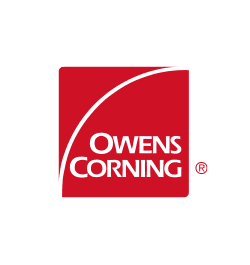




-2.png)



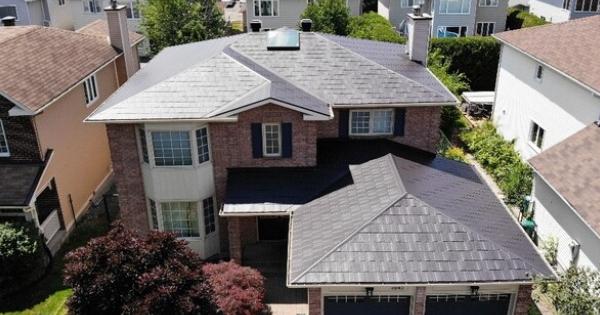
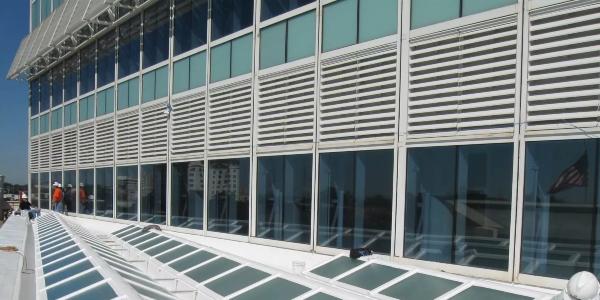
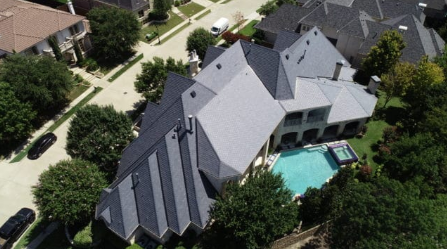




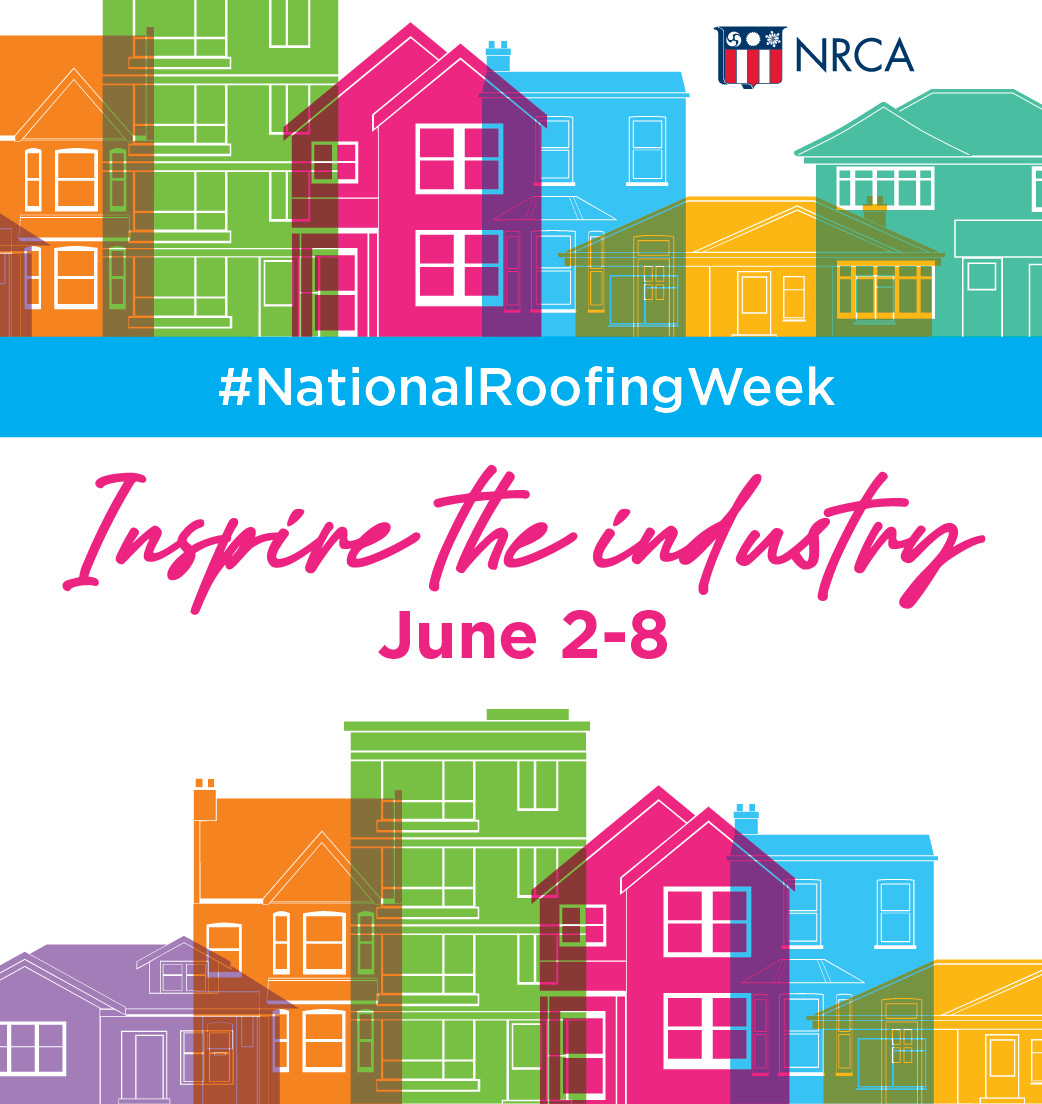
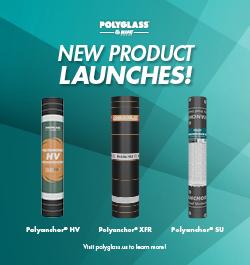
Comments
Leave a Reply
Have an account? Login to leave a comment!
Sign In